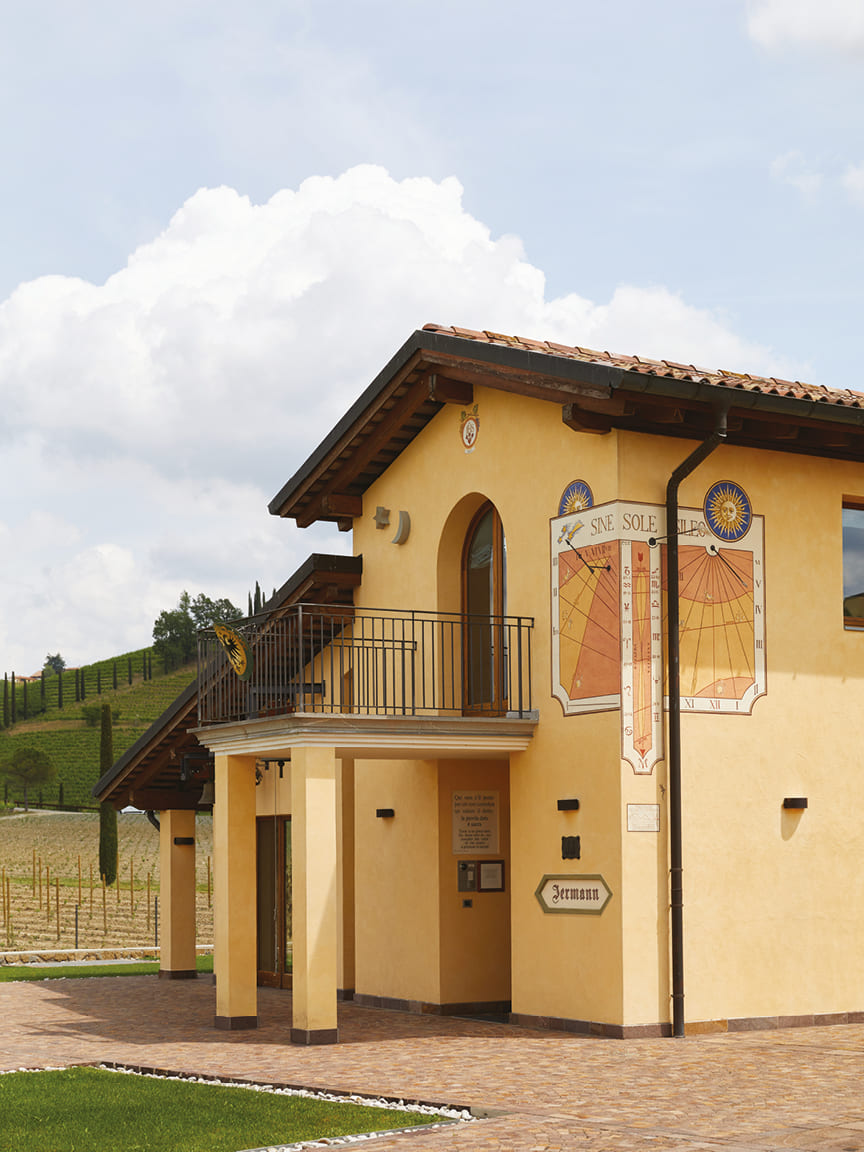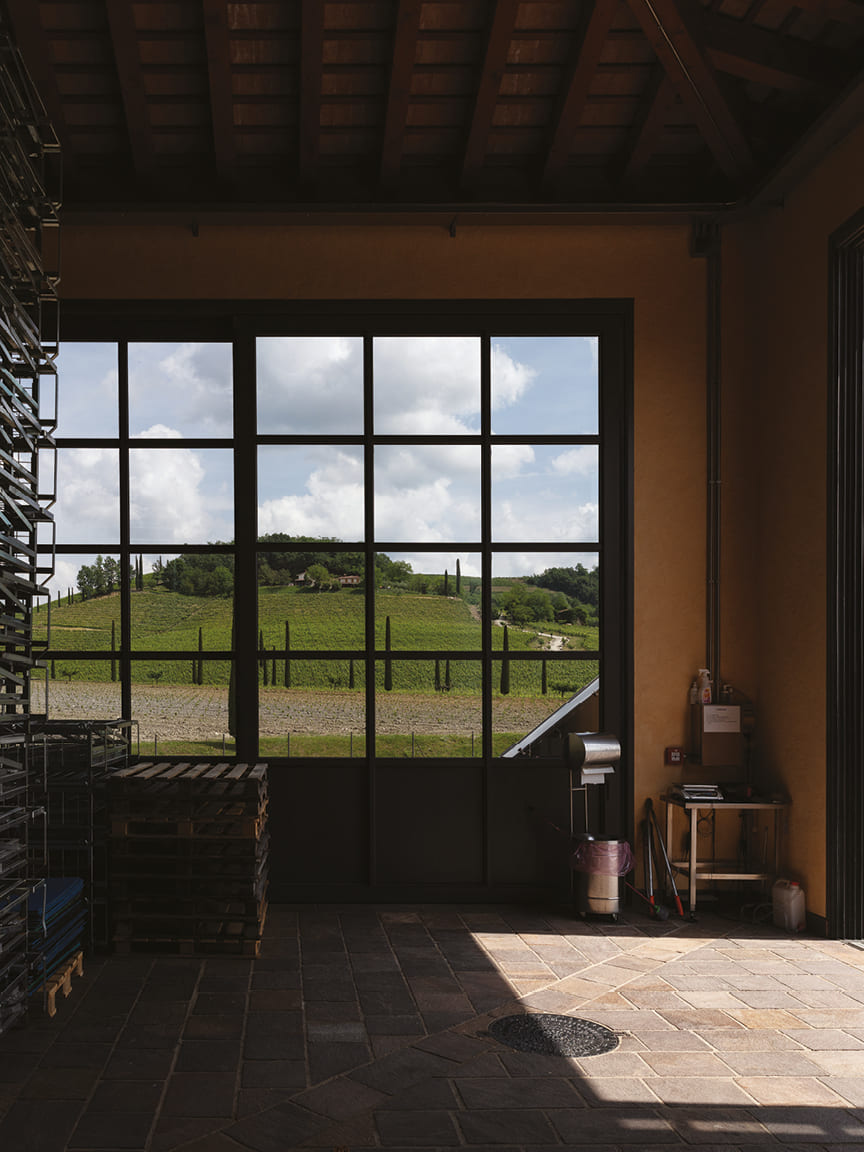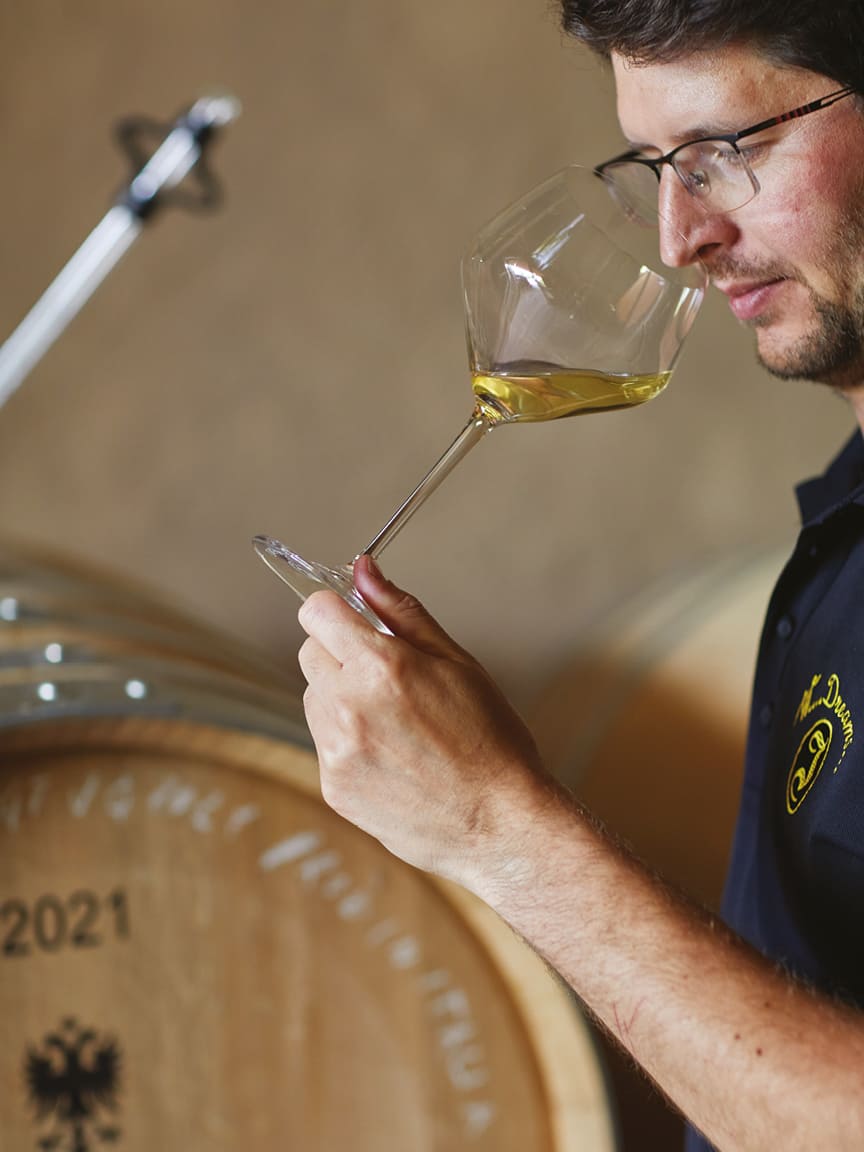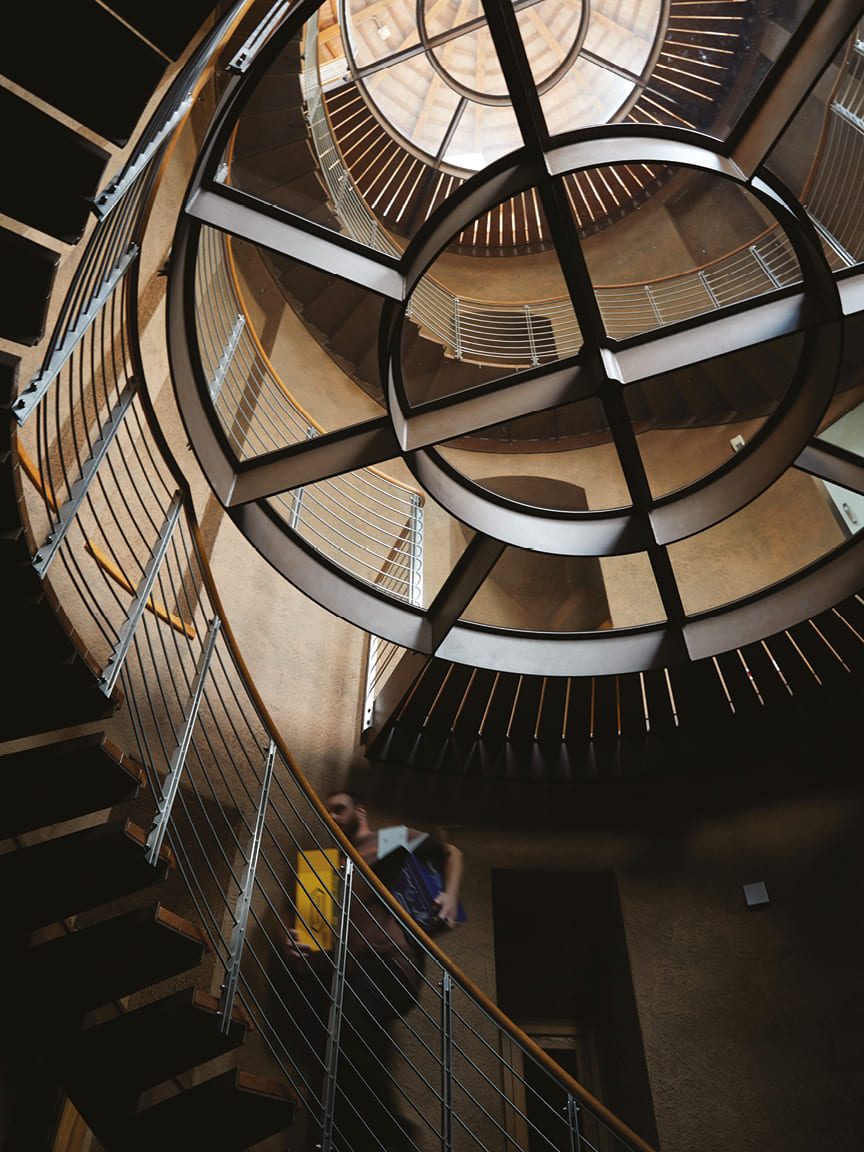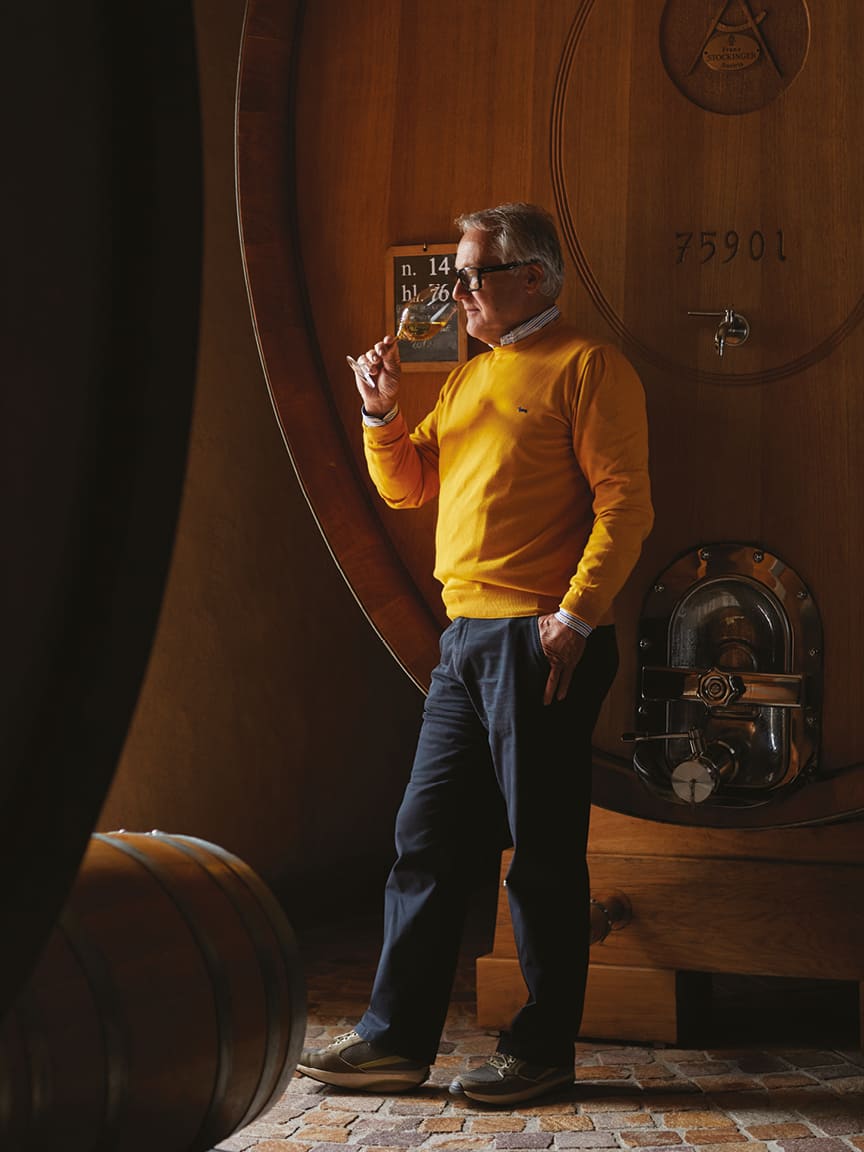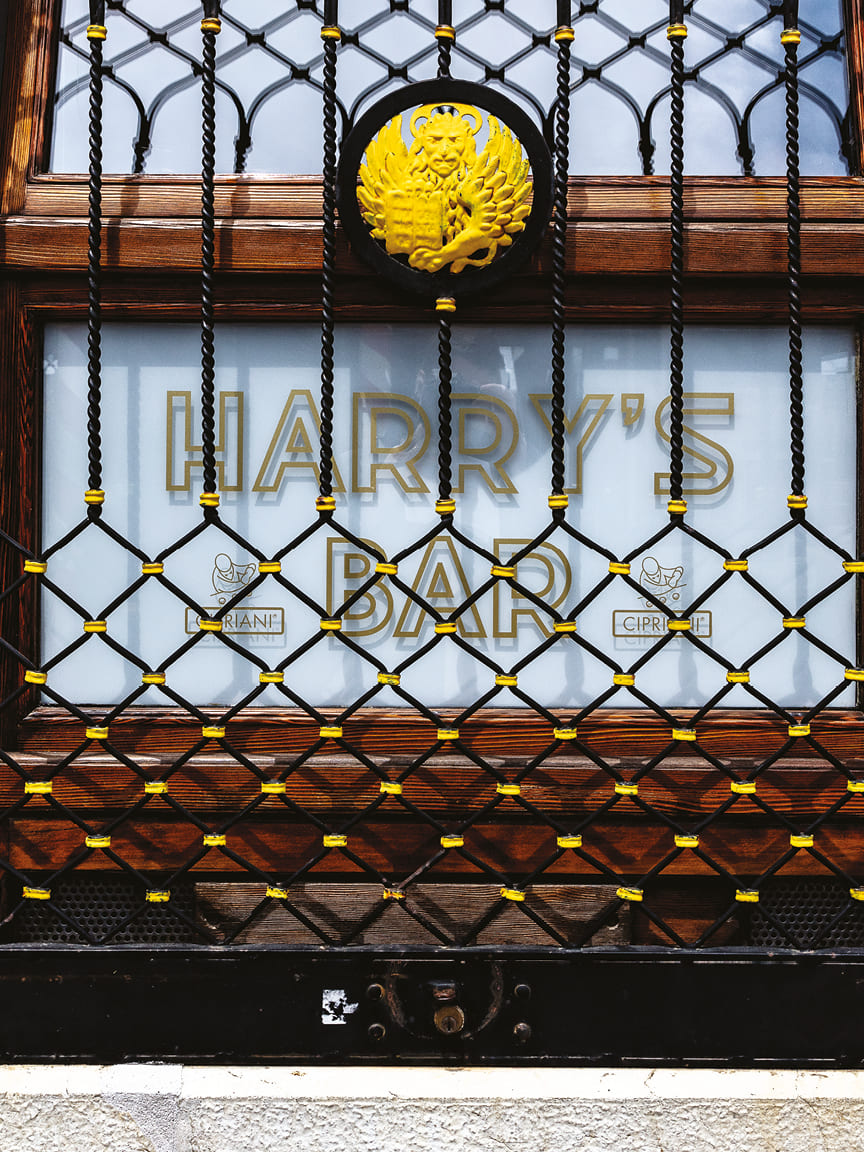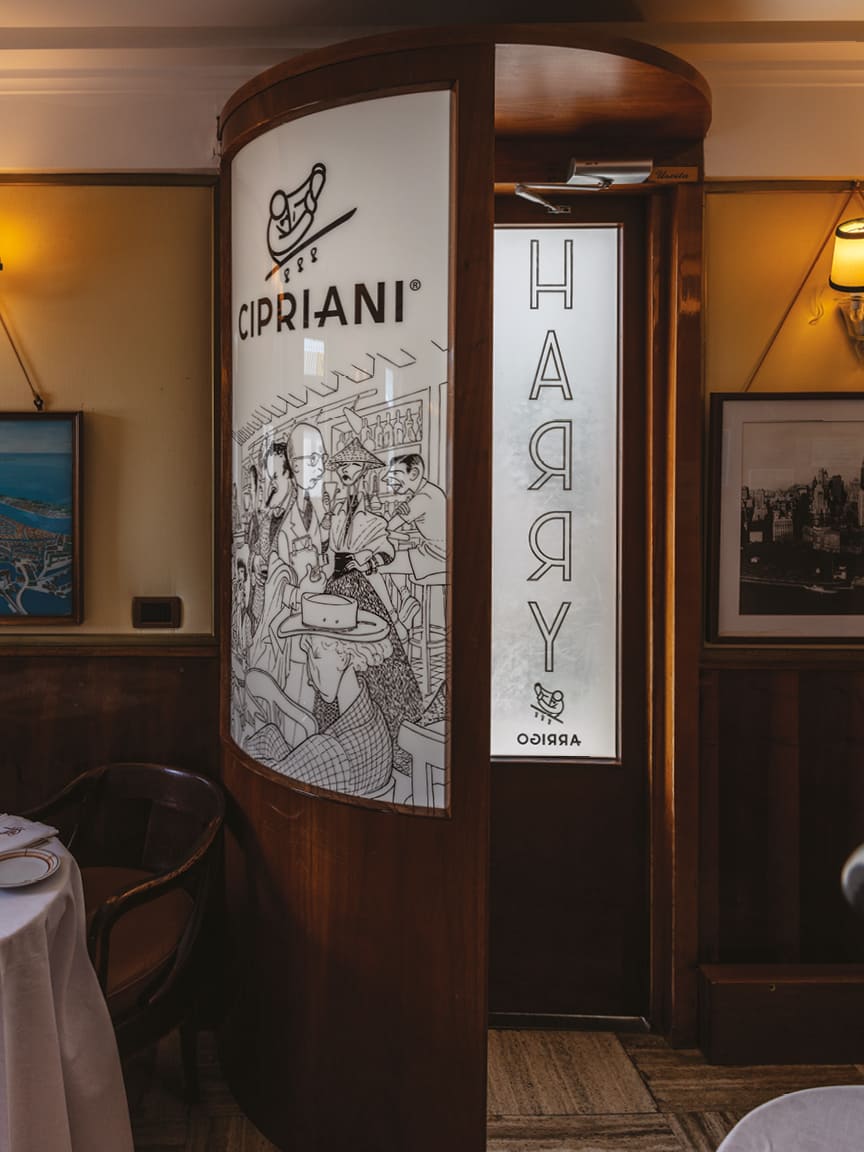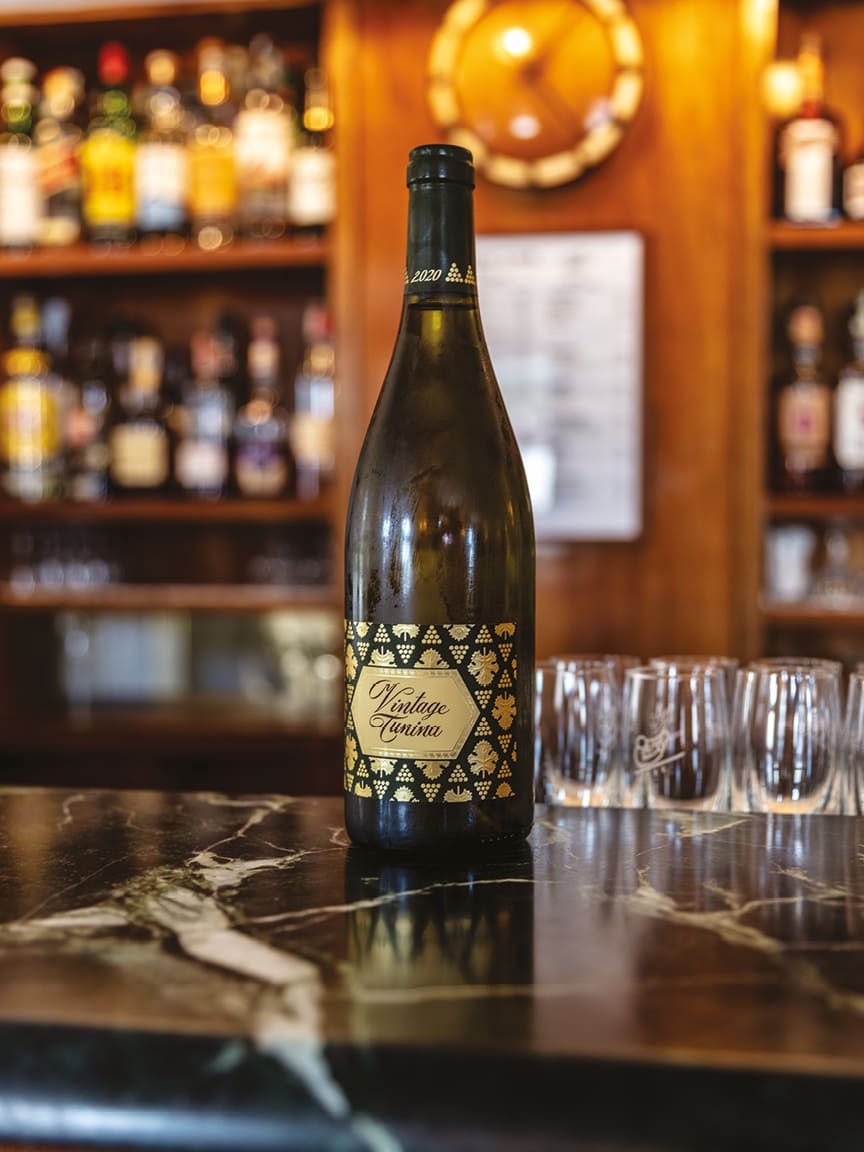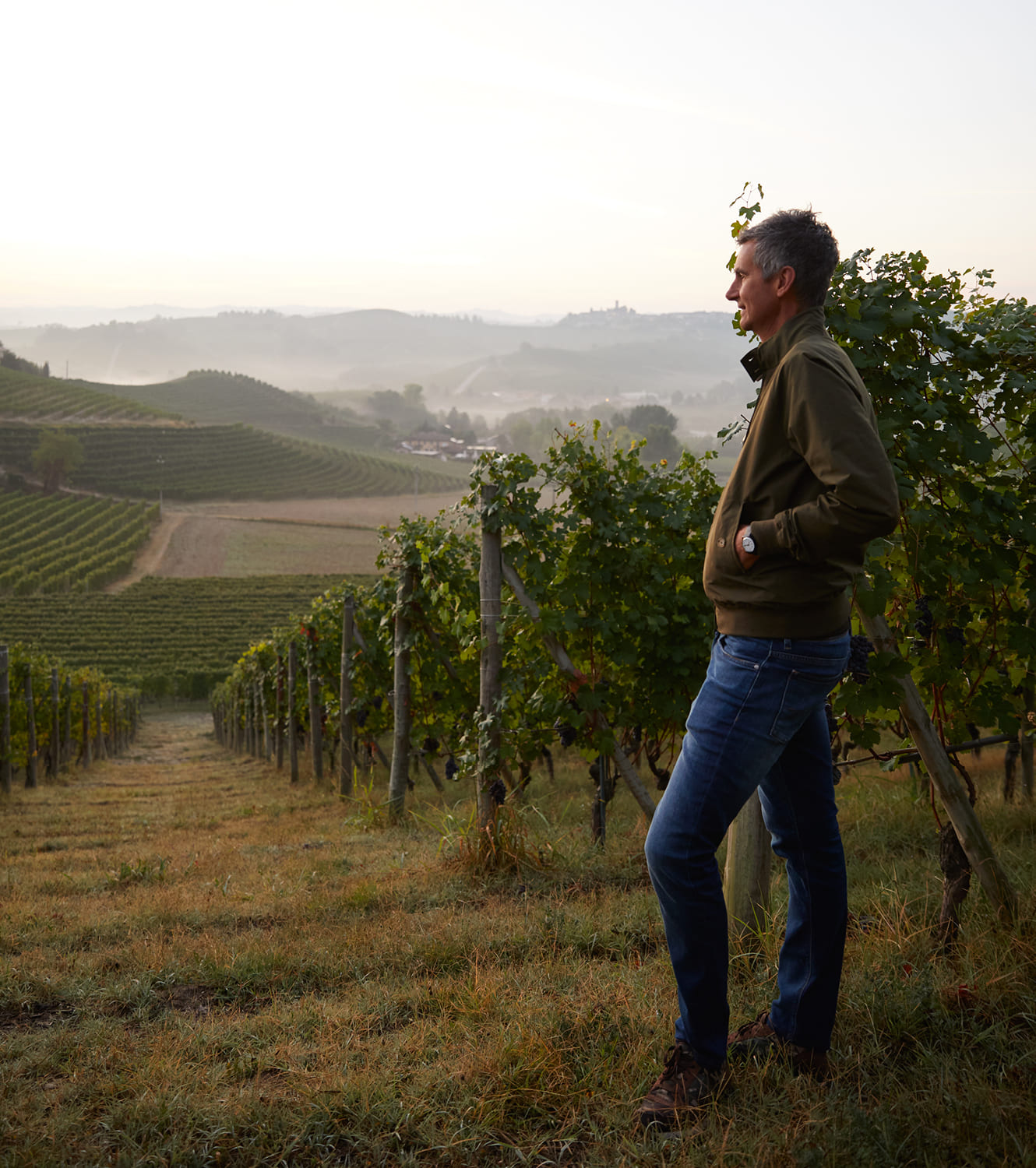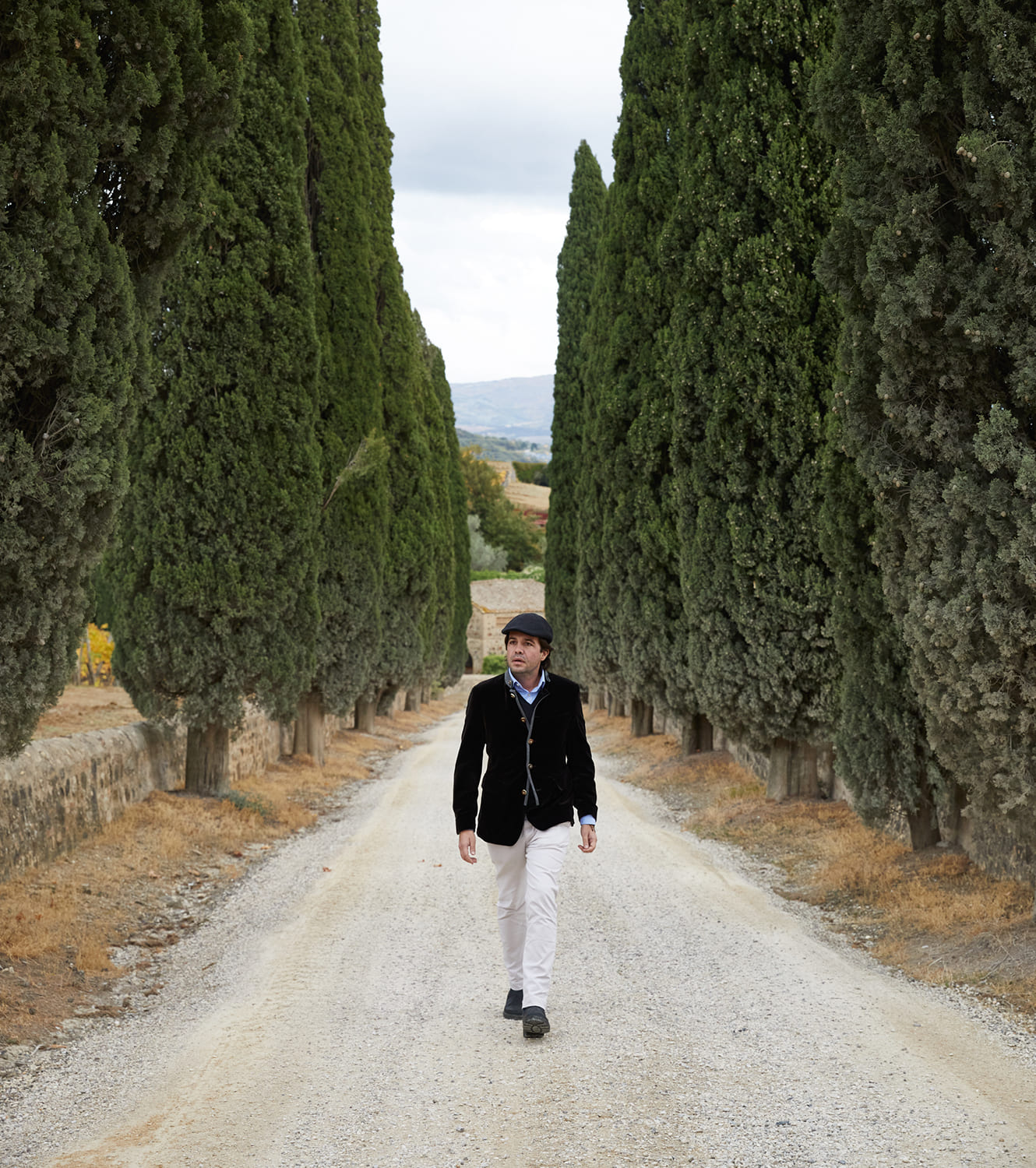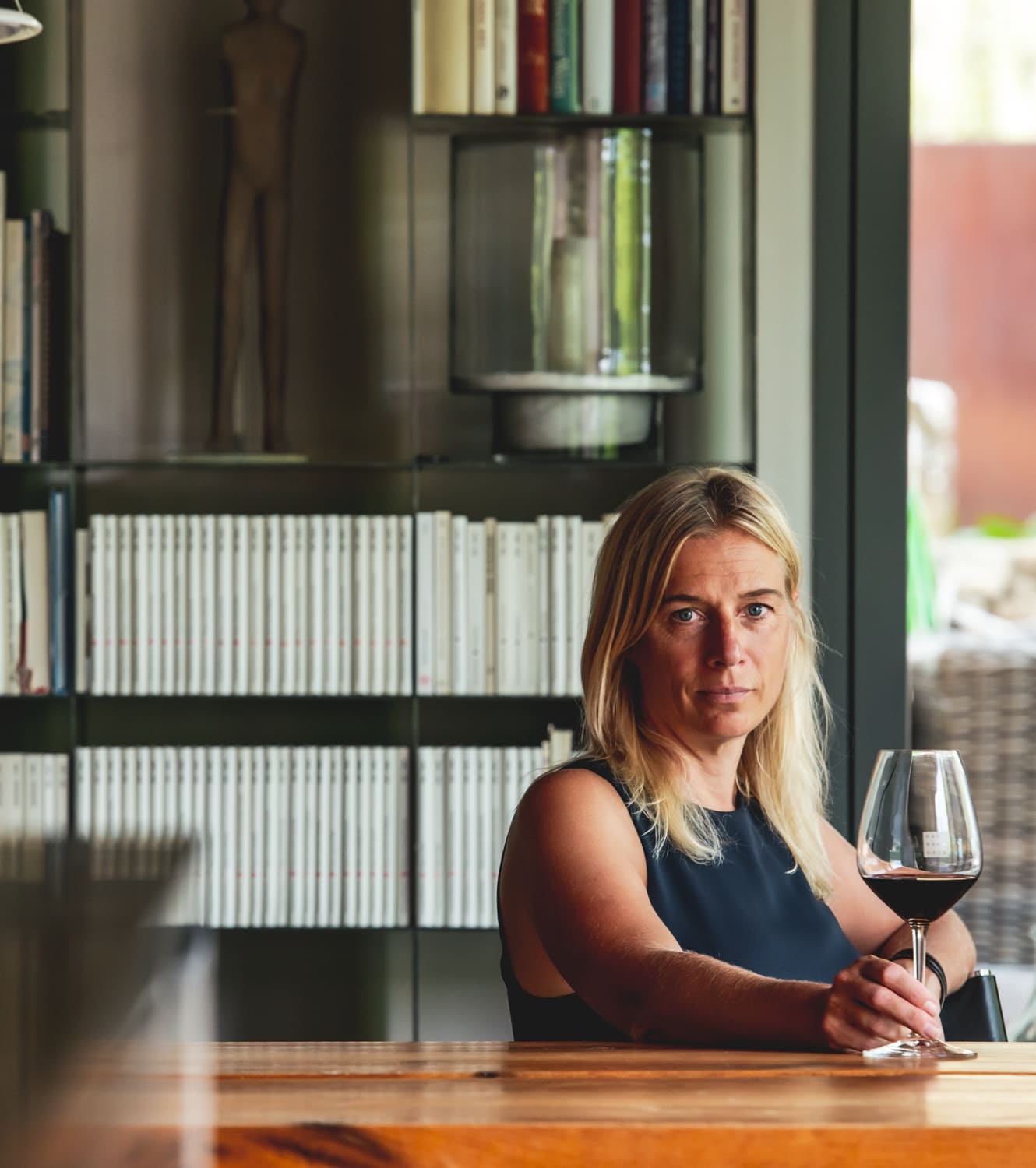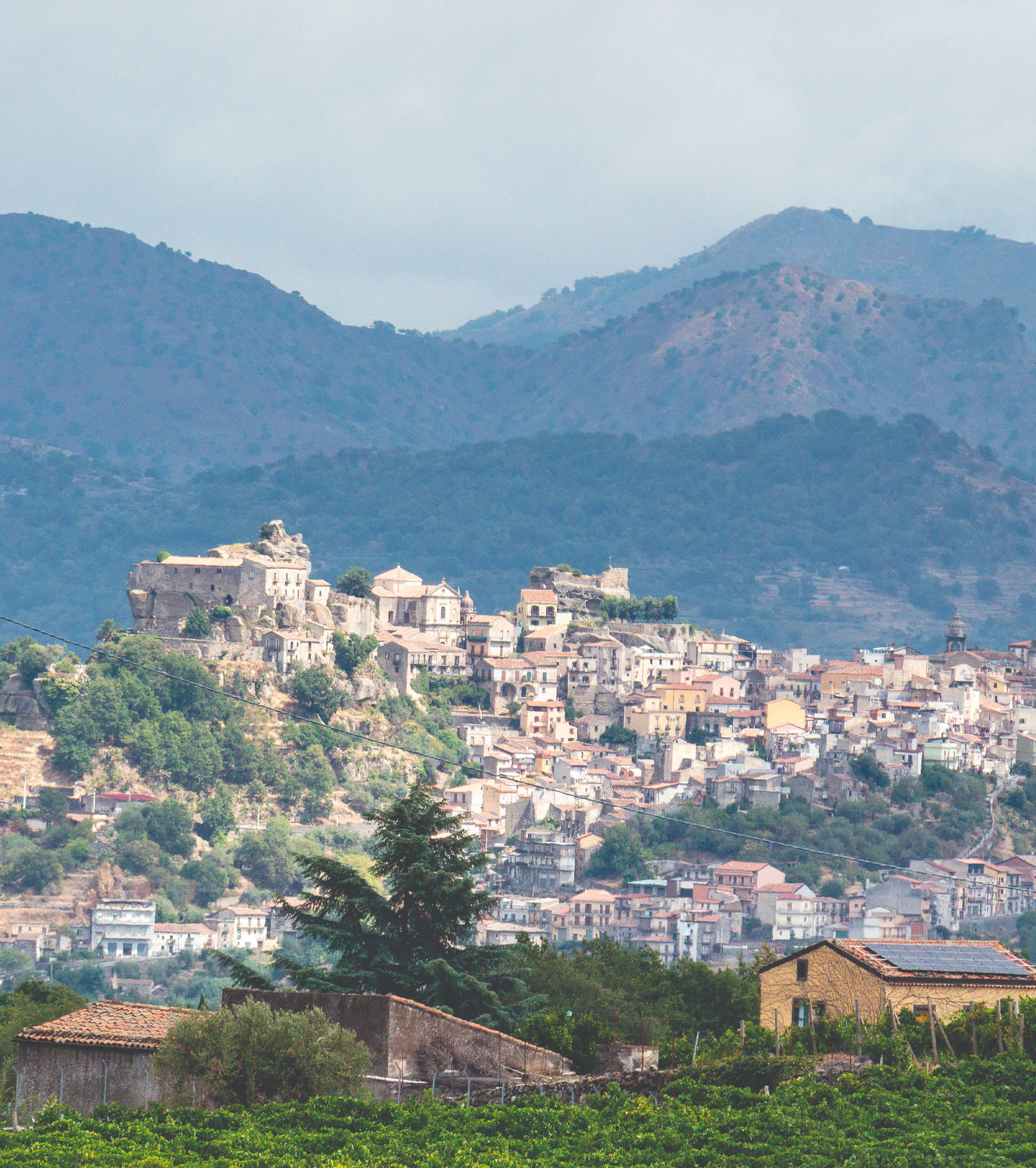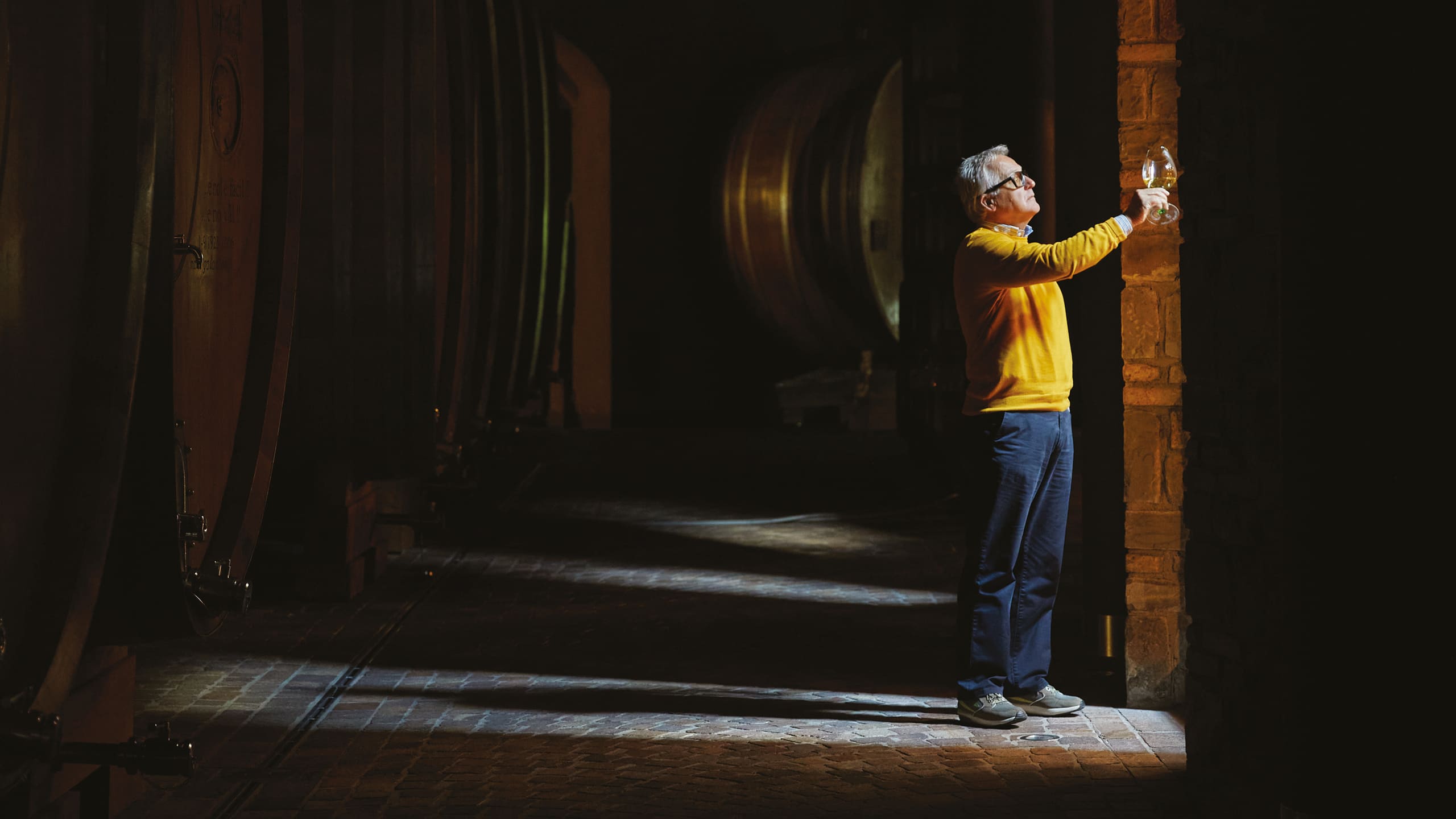
CHASING MAVERICKS
Trusting his instincts and with an inventive, rebel spirit, Silvio Jermann has been creating unique and cultish wines at his Friuli winery, as he tells Nargess Banks
“In a speech at a party here at the winery organized for his 90th birthday, my father said something which stayed with me,” recalls Silvio Jermann wistfully. “He said I was always different from the other kids in the village, that I had a closed character. You see, it wasn’t easy growing up here. In my youth I had my own ideas, strong ideas that didn’t always agree with that of my parents. I wanted to work on these philosophies – realize my dreams.”
We’ve been talking for a little while, perched on the balcony of his former home in Ruttars, which overlooks the estate he established as a modern winery in 1975 with the seminal Vintage Tunina while only in his early 20s. Our conversation, so far, has been somewhat formal, informative yes, personal no. Our talk has circled Friuli, the north-eastern Italian region west of Veneto and bordering on Slovenia with its unique cultural and historic expression, his Austro-Hungarian Jewish heritage, which he hasn’t been able to fully trace, and the nuts and bolts of building a winery. Only now does Silvio Jermann open up.
I use the occasion to inquire about the house, a simple structure built to blend with the local Friulian architecture. “The winery was inaugurated on the seventh of the seventh 2007, and I was hoping to complete the family home on the ninth of the ninth 2009, but that didn’t happen. So, we aimed for the twelfth of the twelfth 2012, but that didn’t go through either. The house wasn’t completed until 2013, and there are only 12 months in the calendar,” he says, then smiles, clearly amused to share this story. “By that time, I had realized it’s not possible to mix work and private life. To be free of mind, to create, you have to get away – you need separation. So, I moved to a house off the estate and began creating.” The original house is used to host guests and for wine tastings.
Throughout the winery, along with religious symbols, are references to astronomy and celestial objects. Dreams, the cultish wine that followed Vintage Tunina and gained Jermann international stardom, features 13 dots on one of its bottle labels. The idea is to interpret your own dreams, and through wine, seal the cosmic connection points between the drinker and Jermann. My host lets out a laugh when I mention this, then swiftly brushes past the subject.
Jermann farms two estates in Friuli: one in the region of Collio, the other in Isonzo. The area is famed for its white wines, with Jermann’s prime focus, therefore, on producing mainly whites. The wines here are creamy, complex, powerful and acid-rich; these are wines that embody the spirit of Friuli and its famed “ponca” soil.
Unique to this area, ponca is a friable mix of marl and sandstone that has a high pH and the ability to retain only necessary water resources while draining off excess (which is particularly important in Friuli’s hillside vineyards). Combined with the relatively cool climate of this northern latitude, these soils give the grapes juicy acidity, which balances the richness of the fruit. The soil itself looks like a hard rock but breaks easily, so vine roots can penetrate deep, as much as 15 meters, to benefit from nutrients. As a constant reminder of this prized land, a ponca rock sits much like a sculpture in the estate’s courtyard.

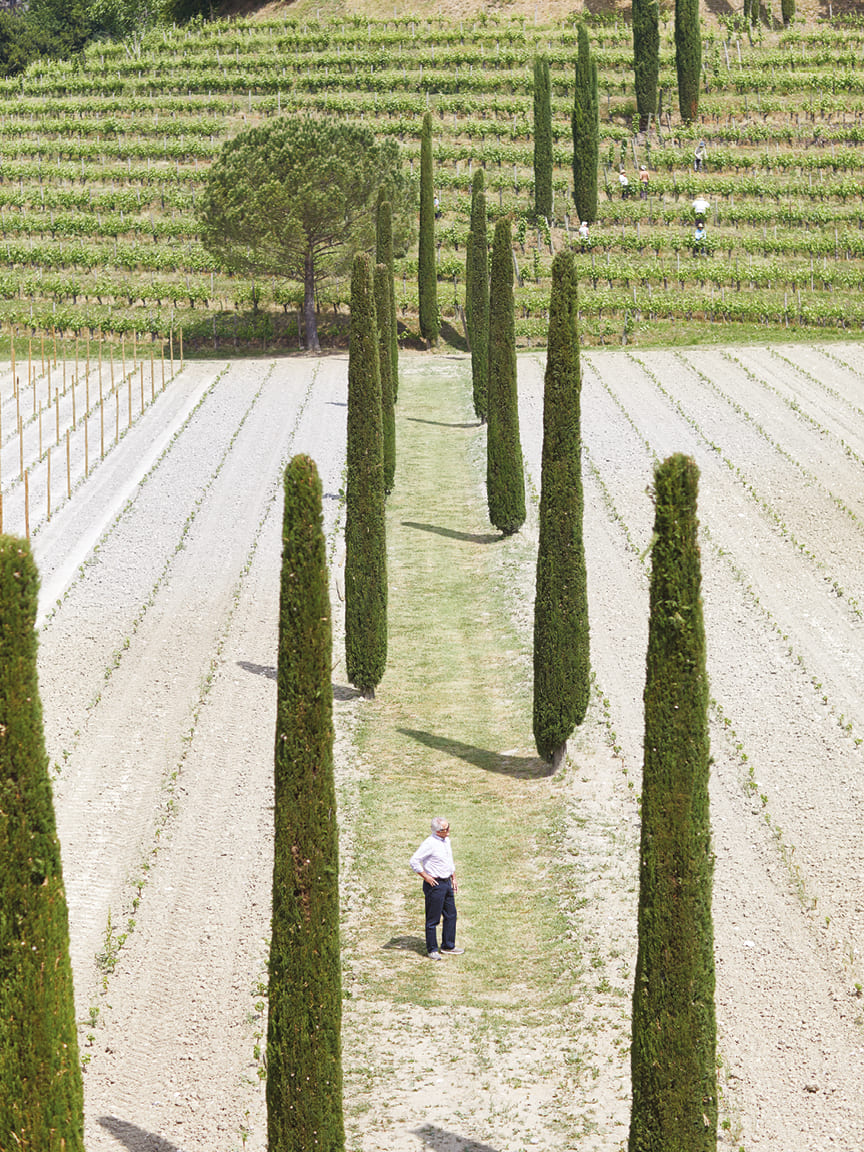
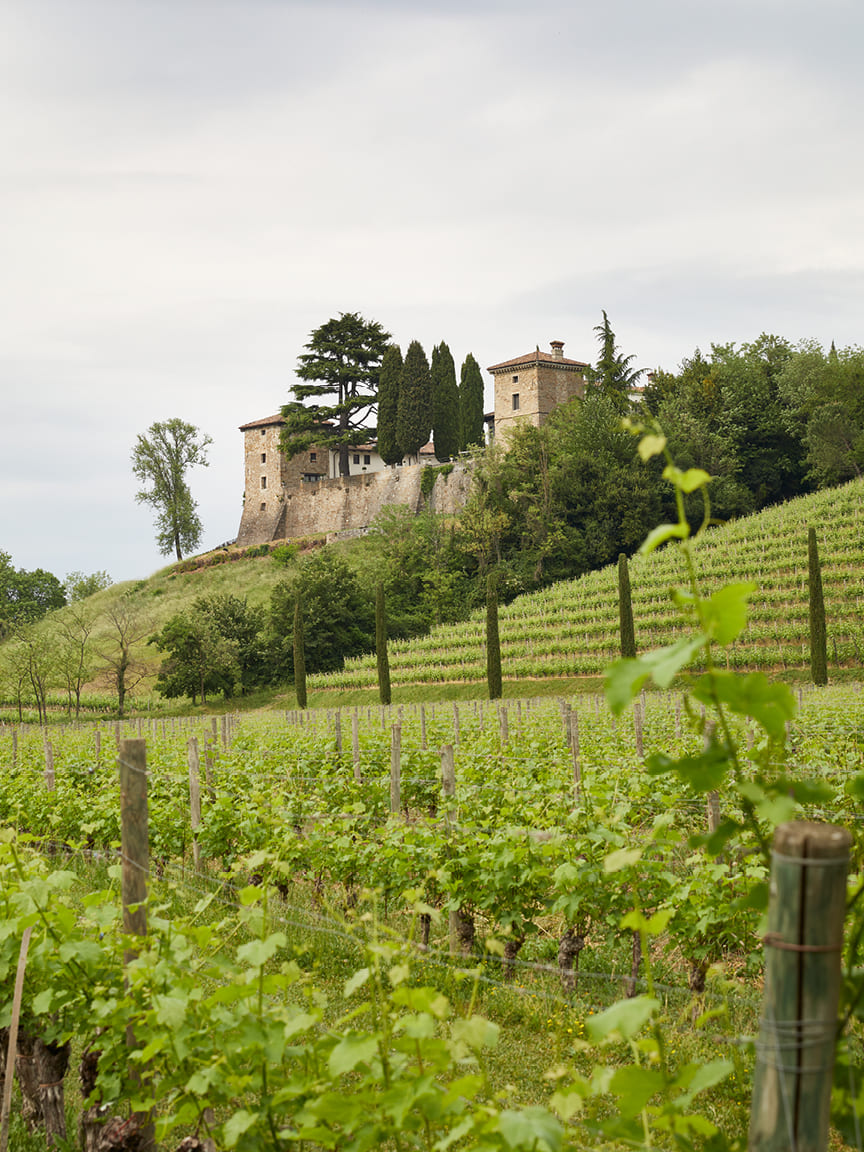
Friuli lies northeast of Venice on the border of Slovenia. Jermann farms two distinct estates, one in the region known as Collio and another in Isonzo.
The non-conformist
The fifth in a generation of grape growers and winemakers, on joining the family business in the early 1970s Silvio was clear in his mission to introduce novel farming practices and clean winemaking methods to Jermann. And he was about to hit the zeitgeist.
This was a time of profound changes on the Italian gastronomy scene. The “nouvelle cuisine” movement eschewed traditional rich food, championing a lighter, simpler cuisine made with fresh, local ingredients. Likewise, the wines of the time tended to be on the heavier side, bitter and often excessively alcoholic. Worst of all, they didn’t age at all well in the bottle, often oxidizing within a couple of years.
The young Silvio was a great admirer of Mario Schiopetto, the master of Italian white wine and a pioneer who, as part of a group of producers, was at the time setting out to radically modernize wine making and production. His method involved adapting ancient ways of grape growing and marrying this with clean, modern production methods. And he was causing quite the stir.
Silvio lights up when discussing Schiopetto. “He was looking to the techniques of German white wine producers for freshness, bouquet and a better balance of acidity, and to create wines that could age well in the bottle,” he tells me. “Schiopetto was a mentor to me. During my studies, whenever I could, I worked with him and he would explain what he was doing with great passion. He gave me energy and motivated me to go in this direction.”
Much like his tutor, Silvio learnt from old grape-growing traditions and in particular field blending. Most wineries plant their grape varieties separately and then blend them in the production process. Jermann, though, dedicates parcels of land to its individual wines: each plot will grow the grape varieties for that particular blend, all of which are harvested by hand on the same day and fermented together. So, rather than being a blend, the wines are made with a blend of grapes, which creates wines that are unique to this place and the exact moment of harvesting.
Silvio began rediscovering forgotten local varieties as well as cultivating ancient grapes. “Nowadays people talk of autochthone grapes and traditional winemaking, but back then in the 1970s no one did.” Even the Ribolla Gialla, the most famous Friulian grape, wasn’t under DOC then. He also invested in modern methods of winemaking. This meant the gentle extraction of “free run” juice, followed by a long and cool fermentation in stainless steel, and then aging it for more than a year on the lees before bottling.
“My father didn’t agree with my ideas,” Silvio recounts. “He followed local ways, selling bulk wine that was bottled by others who were taking most of the profit. But I could see that the local market was limited, people wouldn’t pay more for their wine, and I knew I needed to take my wines through Italy to find the right customers.” And so, he created his first wine, Vintage Tunina, as a true expression of Jermann to take on the road.
“Vintage Tunina had to be full-bodied, elegant, for it to age well in the bottle and maintain its freshness and floral-ness,” he explains. To achieve this balance, while maintaining a strong link to Friuli, Silvio worked with half international varieties (Chardonnay and Sauvignon), the half indigenous grapes (Ribolla Gialla and Malvasia, with a touch of sweet Picolit) for a blend that he admits was created quite by chance.
“It was a little trial and error. The first 1973 vintage was good but I needed to perfect my blended wine, which I achieved with the 1975.” Released in 1977, with its equal parts power and precision, Vintage Tunina caused a sensation and Silvio became an icon in the wine world.
“My father wasn’t happy with my ideas. He wanted me to take another job and make wine as a hobby, rather than work the fields and the cellars.” He shakes his head smiling at the memory. “In those days we only had around four hectares (nine acres) of land with stables and fruit trees, which were taking energy away from viticulture. I had to fight with my father to convince him to give up the stable, explaining that we’re better off buying manure for farming from the local village. He finally agreed and we began concentrating on viticulture alone.”
Today’s Vintage Tunina label is the same one Silvio sketched in 1975. At the beginning it was labeled “DOC Collio” but after two years he decided to call it simply “White Table Wine.” He smiles at the memory. “Ah, this too caused a scandal here among winemakers as everyone in Collio was using DOC.” Back then, Friuli was seen as the finest white wine region in Italy. Silvio, though, wanted to focus on the brand name, Jermann. “I wanted our wines to represent the vineyard, the land and our winemaking philosophy rather than rely on the success of a big-name-area.”
Bravely, Silvio priced Vintage Tunina double that of local wines. “My theory was that if you understood the wine, you would pay for it,” he says frankly. “I didn’t do any advertising. I put the bottles in the back of my car and with the Michelin Guide to the best restaurants, went around introducing Vintage Tunina, explaining our winemaking method. And I relied on recommendations and word-of-mouth.”
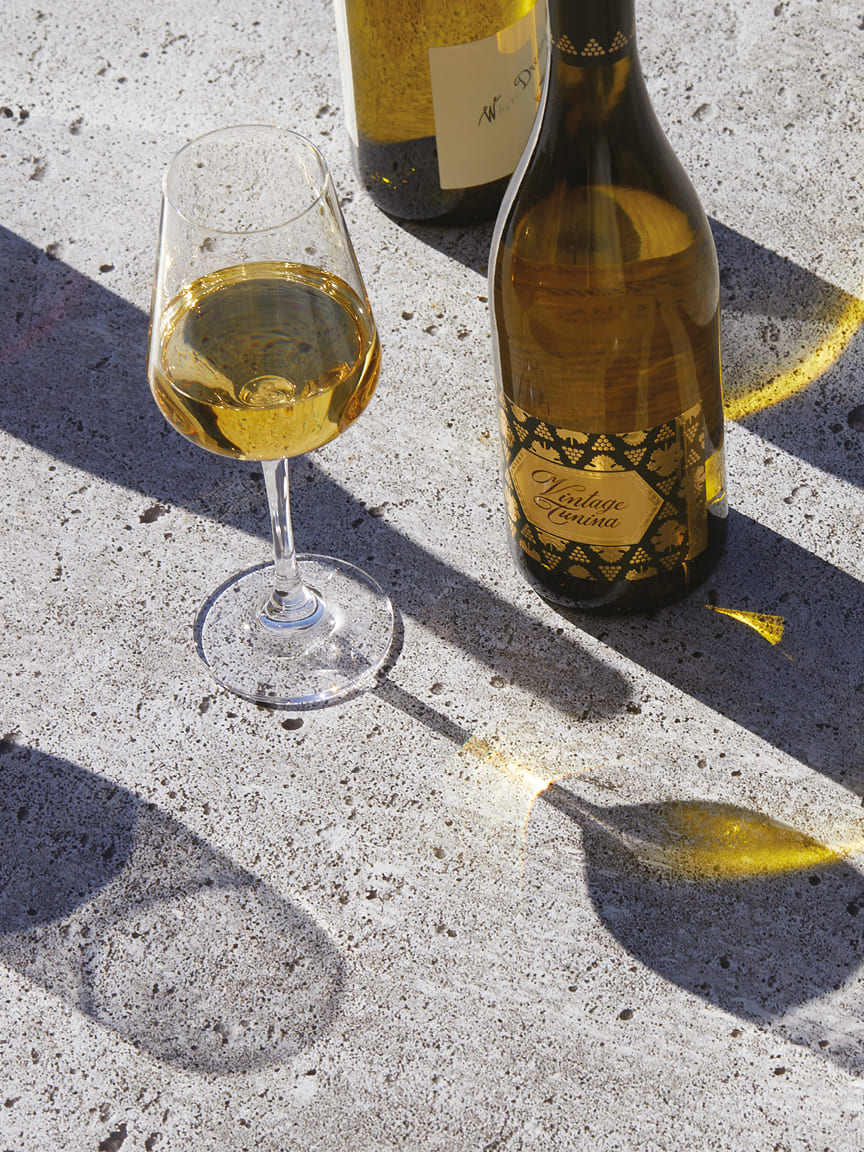
Above, the winery’s watershed Vintage Tunina. Right, references to cosmic theories appear throughout the Jermann winery, winemaker Luca Belluzzo blends the latest vintages, and the impressive staircase to the cellars
“Released in 1977, with its equal parts power and precision, Vintage Tunina caused a sensation and Silvio Jermann became an icon in the wine world”
Dreaming Big
Then in 1987, came Dreams. Or more precisely: Where the Dreams Have No End – a wine that was to further secure Jermann’s place on the international scene. During our interview I’ve been wanting to ask Silvio how he got to dedicate his wine to “Where The Streets Have no Name,” the powerful opening track to The Joshua Tree – U2’s album released that same year that went on to win a Grammy Award for best performance music video. Earlier, I’d admired a bottle of Dreams in the winery signed by Bono and U2 band members.
I wasn’t expecting quite such a colorful reply: “The fashion in the early 1980s was to use barrique to help with the quality of the white wine, but I didn’t feel it represented our local style. Then in 1987, I took a break. I was in my 30s and divorced from my first wife. I had grown up so fast, working hard from a young age to prove and show what I had in my head. I had lost my youth,” he reveals reflectively.
Being his most creative to the sound of music, Silvio became hooked on two particular songs on U2’s album: “With or Without You” and “Where The Streets Have no Name,” with the young winemaker working through the night, night after night, to these soundtracks on full blast in the winery.
“I wanted to dedicate a wine to this music; do something different to what I’d been doing with the Tunina. Since the music was international, I decided to create an international style wine. So, I worked with the Chardonnay grape, experimenting on how best I can age this in barrique but still represent this region. For the name I changed ‘Streets’ to ‘Dreams’ since this was my dream.” The bottle I’d spotted was signed by U2 after a concert in Venice. Do they like the wine, I ask. He laughs. “I hope so.”
Dreams is Jermann’s only wine that is barrel-fermented and aged in French oak (Vintage Tunina and Capo Martino, another fine white, are aged in Austrian Oak to maintain their grassiness and freshness). Dreams uses 97 percent Chardonnay and the rest is a Silvio secret. “There are no strict rules, I work with each vintage individually. The two to three percent ‘other’ grape gives a touch of difference – it’s a signature,” he tells me. The wine doesn’t undergo malolactic fermentation to highlight the tension between the oaked Chardonnay and the natural acidity from the ponca soil, but there may be a small percentage of malolactic, depending on the vintage. A truly unique wine, Dreams quickly achieved cult status, and went as far as to play a pivotal role in Disney’s 1998 box-office hit The Parent Trap starring alongside Dennis Quaid, Natasha Richardson, and Lindsay Lohan in her feature film debut.
In 2016 in Rome, the Italian press elected Jermann as “the most representative producer of Italian white wines.” Silvio’s father passed away four years ago, so he got to witness Jermann’s success. “Yes, he was very proud,” he says. I ask Silvio what he himself is most proud of. He takes his time before answering. “It has to be Vintage Tunina; it is very close to me.”
“Jermann is about to enter a new chapter. Silvio has entered a partnership with the famed Antinori family, while keeping the vineyards over the hill in Slovenia, planting mainly Ribolla. My grandmother would often point to the hills towards Slovenia and talk about the past. I see this as a way of connecting the past and the future.” And the next adventure, I ask: “My next vintage will be in Slovenia. You will be able to taste it in the next seven to eight years.”
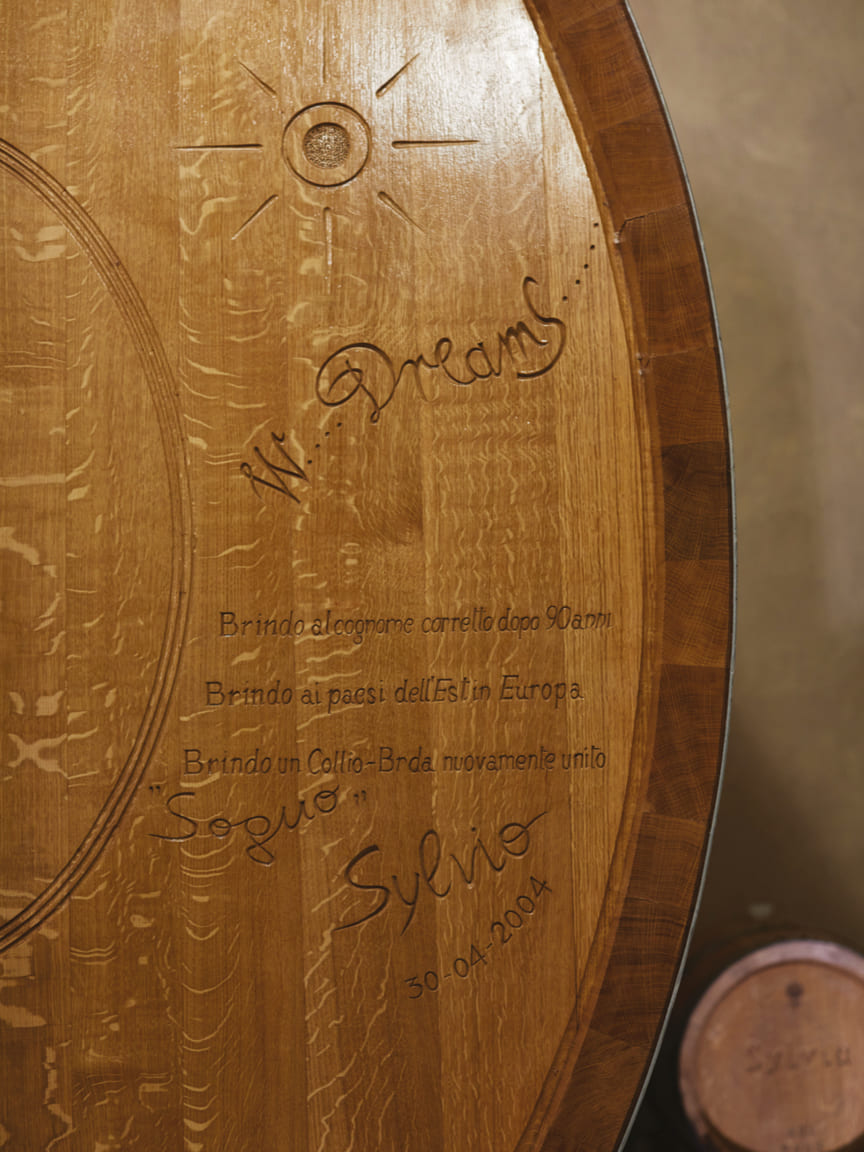
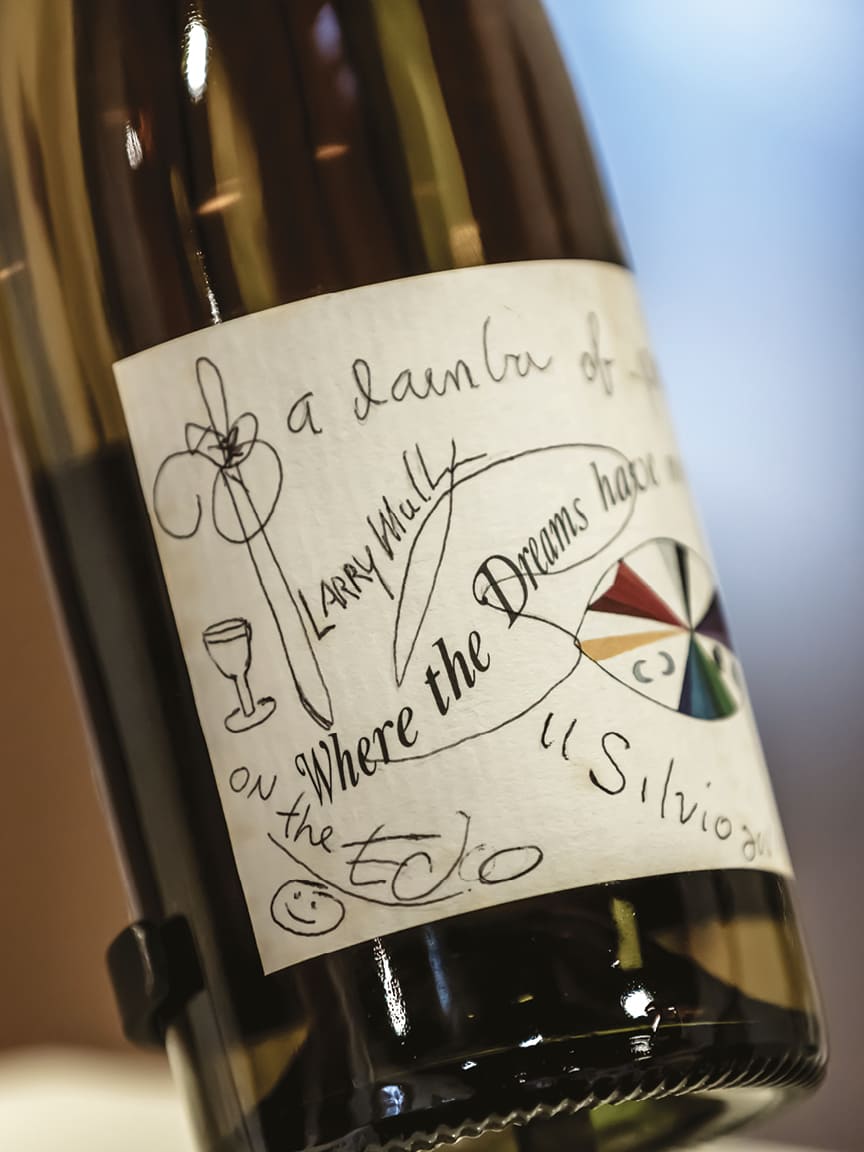
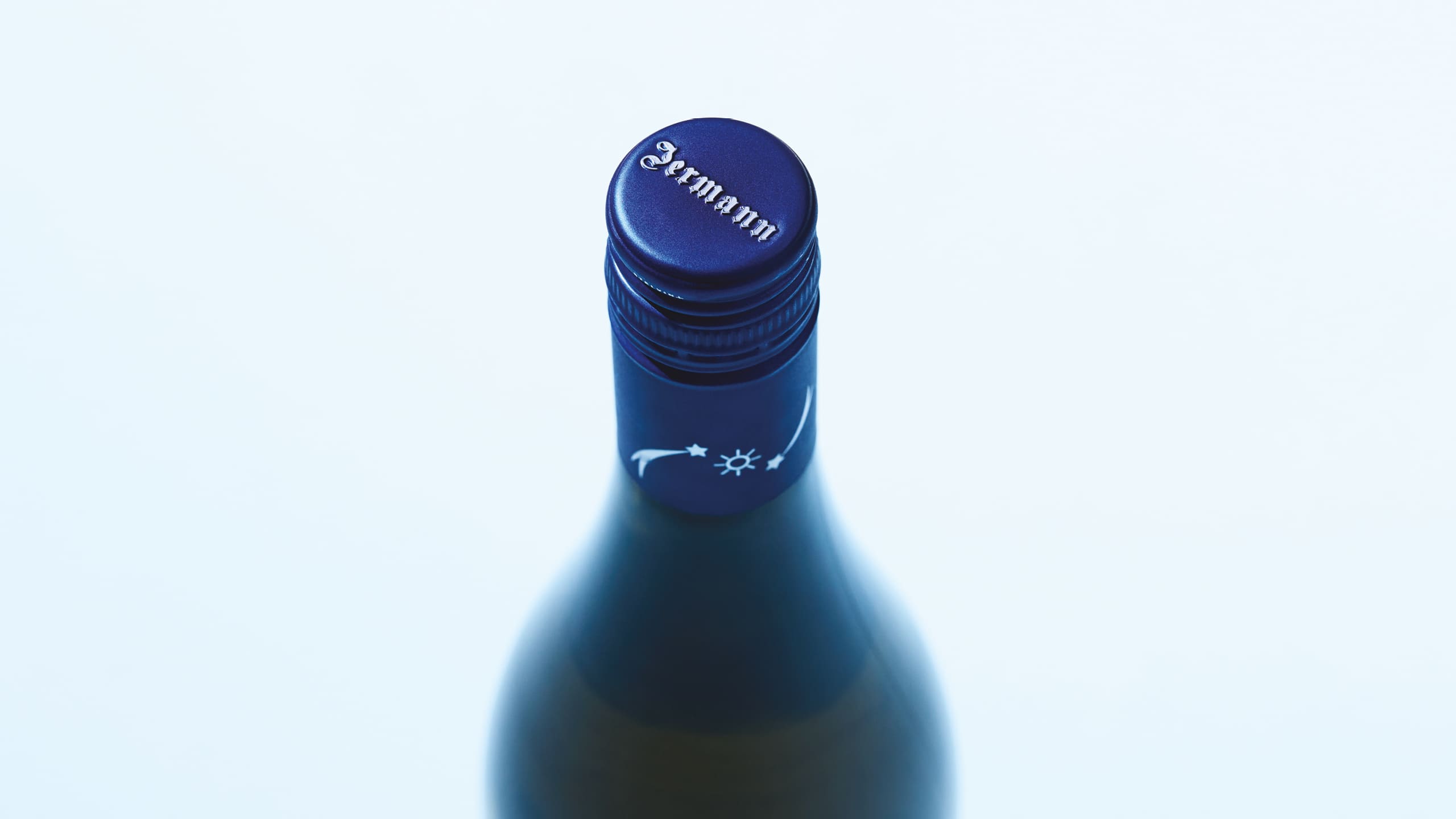
Above, a Dreams barrel signed by the Jermann family
and a bottle of Where The Dreams Have No End signed by members of U2.
The Dreams’ signature blue cap features a stylised Hale-Bopp comet.
Harry’s Bar, Venice
The famous Harry’s Bar at Cipriani in Venice was one Silvio Jermann’s first customers, having taken Vintage Tunina there personally on one of his initial sales trips. In the 1970s, Jermann had only some presence in the US market, mainly in New York. One day the notable Italian wine importer, Neil Empson, was having a spot of lunch with another importer from Detroit at Harry’s Bar, when he ordered a glass of Vintage Tunina, liked it so much that he drove straight over to see Silvio Jermann. The two promptly began working together with Vintage Tunina gaining much recognition in the US.
Jermann’s Vintage Tunina is on the menu
at the legendary 1930s Harry’s Bar in Venice.
PHOTOGRAPHY BY Leigh Banks, Helen Cathcart
We recommend
RATTI’s hero
His father Renato put Barolo on the map. Now Pietro Ratti is transforming the revered wine for new generations. Nargess Banks meets the vintner at his Piedmont vineyard
ARGIANO’S POSITIVE TWIST
Listening intently to the land, fastidious soil mapping and a scholarly approach to viticulture, has earned the oldest Montalcino winery’s Brunello, red wine of the year. Nargess Banks visits the Tuscan estate to learn more
BARBARA WIDMER IN CONVERSATION
Committed in her convictions about quality wine from healthy vineyards, Barbara Widmer, the owner and winemaker of the Tuscan winery Brancaia, tackles big environmental challenges one technique and one vine at a time
WINE TRAILS OF ITALY: SICILY AND MOUNT ETNA
Continuing our Italian road trip in Sicily and Mount Etna, we visit the wineries and sample the cuisines that best reflect this unique part of Italy
